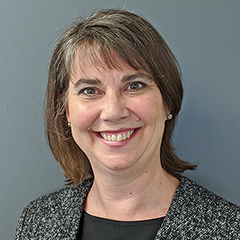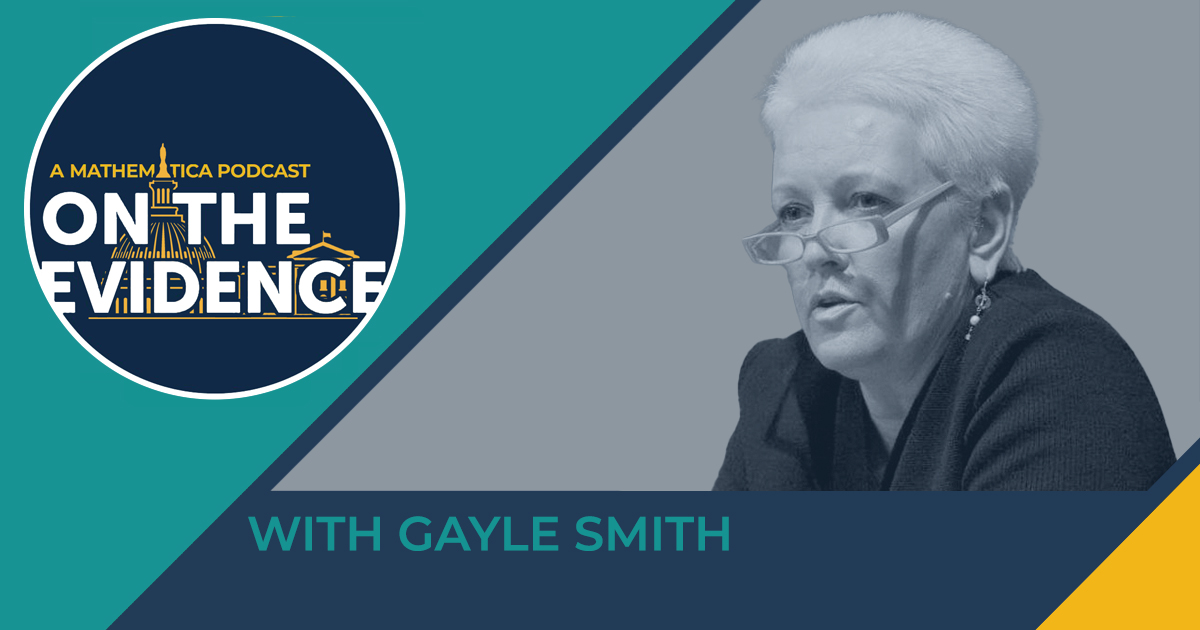Editor’s Note: This post originally appeared on The Milbank Blog and is being re-posted here with permission.
In August 2005, Hurricane Katrina struck the Gulf Coast. Within hours the levees surrounding New Orleans broke and large swaths of the city were flooded and remained underwater for weeks. People waited for days to be rescued, and close to 1,800 people died in the hurricane’s aftermath. The health care system for uninsured and low-income residents, which for generations had centered on the emergency department of Charity Hospital, was destroyed. In the months that followed, health care heroes took to the streets to deliver care via makeshift sidewalk clinics, mobile clinics, and abandoned storefronts. Clinicians reached out to community leaders to see how they could best help those in neighborhoods most traumatized.
This grassroots effort ultimately led to a system of community clinics providing acute, chronic, and urgent care for the poor and underserved. In 2007, the federal government granted $100 million over three years to support this network of clinics. The clinics used these funds not only to deliver care, but also to successfully transform to a patient-centered medical home delivery model in which teams of health professionals offered coordinated care. Over time, the clinic system developed the billing infrastructure and other administrative systems that allowed them to sustain their operations and outreach, resulting in advanced primary care services in neighborhoods where there were none before the storm.
Today the world is traumatized by a different kind of disaster: a once-in-a-lifetime pandemic that is coming in waves. Much like New Orleans 15 years ago, the United States has an opportunity in the face of disaster. And like in post-Katrina New Orleans, leadership is needed to support and strengthen primary care.
COVID-19’s Impact on Primary Care
Most US communities are still in the first wave of COVID-19 as it sweeps across the country, hitting different regions at different times and with different intensities. Primary care practices, the first line of defense, have been asked to operate without the proper personal protective equipment. The economic impact has been devastating: A recent survey by the Larry Green Center and the Primary Care Collaborative revealed that 42% of practices consistently report layoffs and furloughs of clinicians and staff. A Commonwealth Fund study reported a 62% decline in outpatient pediatric visits and a 49% decline in adult primary care visits across the country in early April.
More waves of the pandemic will hit primary care practices, including the wave of patients needing follow-up care after prolonged hospital stays for COVID-19—and of patients who postponed care for acute or chronic conditions. Practices will also face new waves of the virus as it returns before herd immunity is reached or a vaccine is widely available.
Central to the experience of all of this individual- and community-level trauma is feelings of helplessness, isolation, and loss of power and control. We can predict the primary care workforce’s response to the multiple waves of trauma, although the timing will vary by region. The initial focus will be on survival, safety, and stabilization. The next phase is likely to be characterized by physical and emotional responses ranging from illness, loss, and grief to exhaustion and burnout. The final phase will be a period of reflection, reconnection, and integration of the trauma. This is a heavy load for a workforce that had high rates of burnout prior to the pandemic. And without major reforms it is hard to imagine a positive impact on the number of trainees being drawn to primary care. So how can we save primary care?
Enduring Principles and Shifting Attitudes
Despite the enormous impact of COVID-19, the shared principles of primary care that have been agreed upon by a broad group of US stakeholders for over a decade remain unchanged. Primary care should be: 1) person- and family-centered; 2) continuous; 3) comprehensive and equitable; 4) team-based and collaborative; 5) coordinated and integrated; 6) accessible; 7) high value. The “triple aim” for optimizing health system performance also endures: 1) to improve the health of population; 2) to improve the patient experience of care; and 3) to reduce the per capita cost of health care.
What seems to be new is a much more intuitive sense of certain elements of primary care. For example, the concept of primary care workers partnering with public health officials to keep people healthy—and out of the doctor’s office or emergency department or hospital—has become concrete. Patient-centered care has taken on new meaning as clinicians meet patients in parking lots or in their homes via video technology and remote monitoring. Thinking about patient populations, stratified by risk group, is the new norm as tests for the novel coronavirus are metered out by risk group and grocery stores hold special shopping hours for the elderly and vulnerable. And never before has the impact of social determinants, such as housing and food security, on survival, health, and well-being been so clear.
Another fundamental shift is happening in the mindset of the primary care workforce, as clinicians begin to recognize the benefit of capitated or global payments over fee-for-service payments. Those physicians who are being paid with population-based advanced payments are not as tied to the in-patient visit to reap payment. They also have more flexibility in how they care for their patients.
Stabilizing, Supporting, and Transforming Primary Care
In the immediate term, greater public and private investment is needed to prevent practices from shuttering and to keep primary care clinicians and staff employed. The federal government has demonstrated leadership in lifting reimbursement and other restrictions on telehealth visits through both telephone and video.
The next step is to move permanently away from the volume-based, fee-for-service payment system and move to advanced risk-adjusted population-based payments. Extending these payment reforms to Medicaid and commercial insurance will be necessary as multipayer collaborations with clearly aligned payment approaches are the best way to enable practices to engage in improvement activities.
Intensive technical assistance is equally important. This assistance should be provided through regional offices of the Primary Care Extension Program authorized but not funded by the Affordable Care Act of 2010. To draw the needed workforce, federal and state loan repayment for primary care clinicians should be expanded.
It’s not that we don’t know what needs to be done. The question is will we continue to undervalue and underinvest in primary care? Will we stand by and watch as large numbers of primary care practices go broke? Or will leadership emerge, as it did in post-Katrina New Orleans, to create a better and more sustainable system of primary care?


